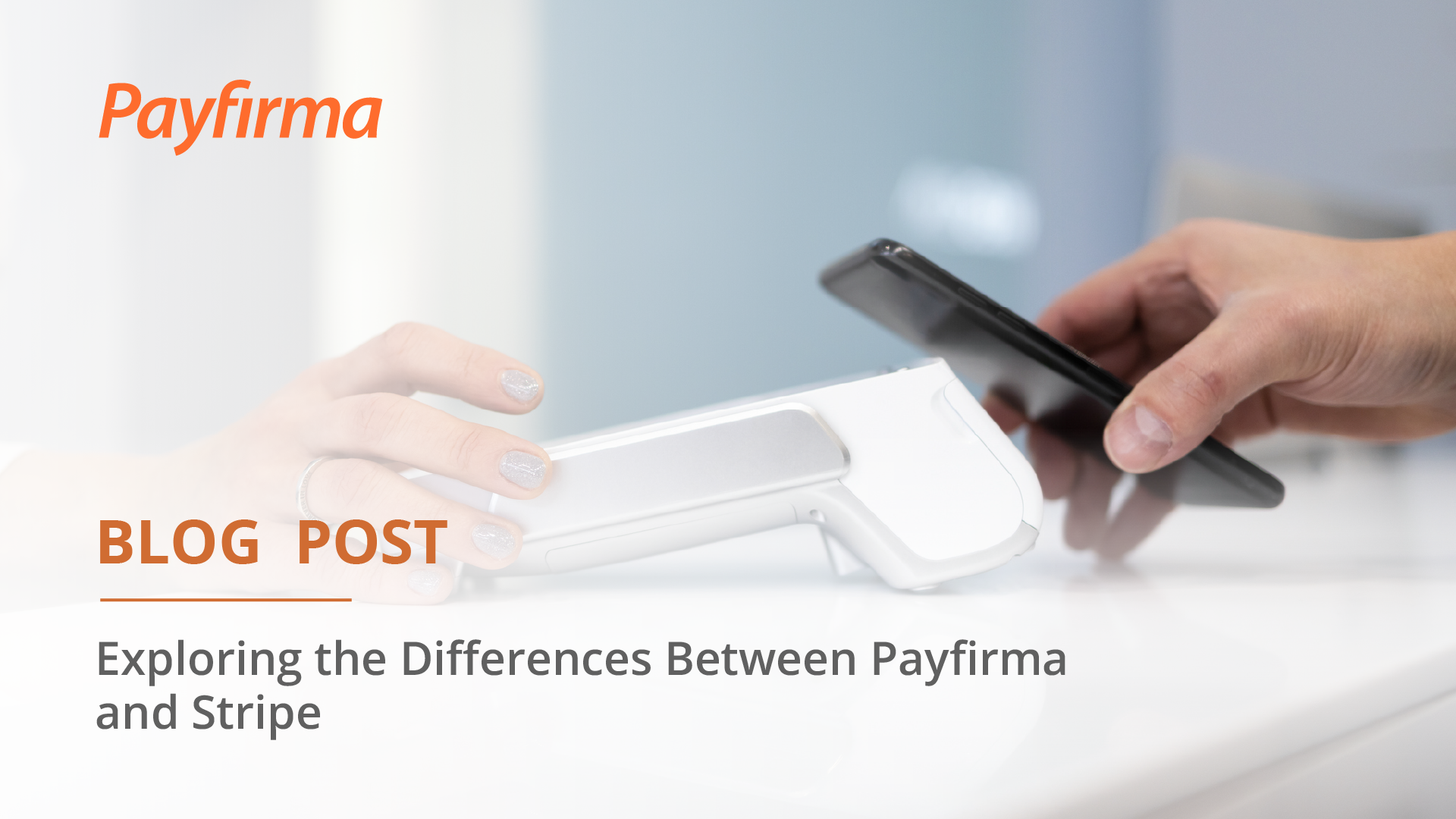Of the many decisions a merchant services provider might need to make when considering a partner, choosing a reliable and efficient payment processor can significantly impact a business’s success. Amidst the contenders, Payfirma and Stripe emerge as some of the leading players, each wielding a diverse array of tools to streamline payments. Although they both share similarities in terms of the payment types they support, it’s the standout distinctions that carve a unique identity for Payfirma. Let’s explore these defining features that set Payfirma apart in this bustling arena of digital payment solutions.
Direct Marketing Opportunities for JaneApp Merchants:
One standout feature of Payfirma is the opportunity to launch marketing campaigns directly to JaneApp merchants. This distinctive approach enables businesses to engage more intimately with their clients, offering personalized campaigns and promotions. This change is particularly noteworthy as JaneApp is no longer the partner of choice, emphasizing a more direct and individualized approach to merchant engagement.
Revenue Share Model and Customer Costs:
In comparison to Stripe, Payfirma has a different revenue share model. While Stripe’s revenue share is limited, Payfirma, in contrast, implies a model where potentially more could be paid for the customers, ensuring different cost structures. This unique approach might alter the cost-benefit analysis for businesses based on their individual customer base and transactions.
Support for EFT B2B Transactions in Canada:
A notable difference lies in Payfirma’s support for Electronic Funds Transfers (EFT) for Business-to-Business (B2B) transactions in Canada, which serves as a similar solution to the Automated Clearing House (ACH) system in the United States. This specialized support caters to specific regional needs, offering a tailored solution for businesses in Canada engaged in B2B transactions.
Customized Merchant Pricing Options:
Payfirma stands out by offering custom merchant pricing, including options like interchange +. This flexibility allows businesses to tailor their pricing structures to suit their specific needs, potentially resulting in more transparent and cost-effective payment processing solutions.
Dedicated Relationship Manager:
In the realm of customer support, Payfirma takes a step ahead by providing a dedicated relationship manager to its clients. This personalized service can be invaluable for businesses, offering direct and personalized assistance, potentially leading to more streamlined operations and quicker issue resolution.
Final Thoughts:
While both Payfirma and Stripe cater to similar payment processing needs, these differentiators highlight the varying approaches and specialized services offered by Payfirma. Businesses evaluating their options in the payment processing sphere should consider these unique features to determine the most suitable fit for their operations.
It’s important to note that the choice between Payfirma and Stripe will depend on various factors, including business requirements, transaction volume, regional needs, and the level of personalized service desired. Both companies offer competitive and innovative services, but these distinctions could make all the difference for businesses seeking more tailored solutions or specialized support in their payment processing journey.
